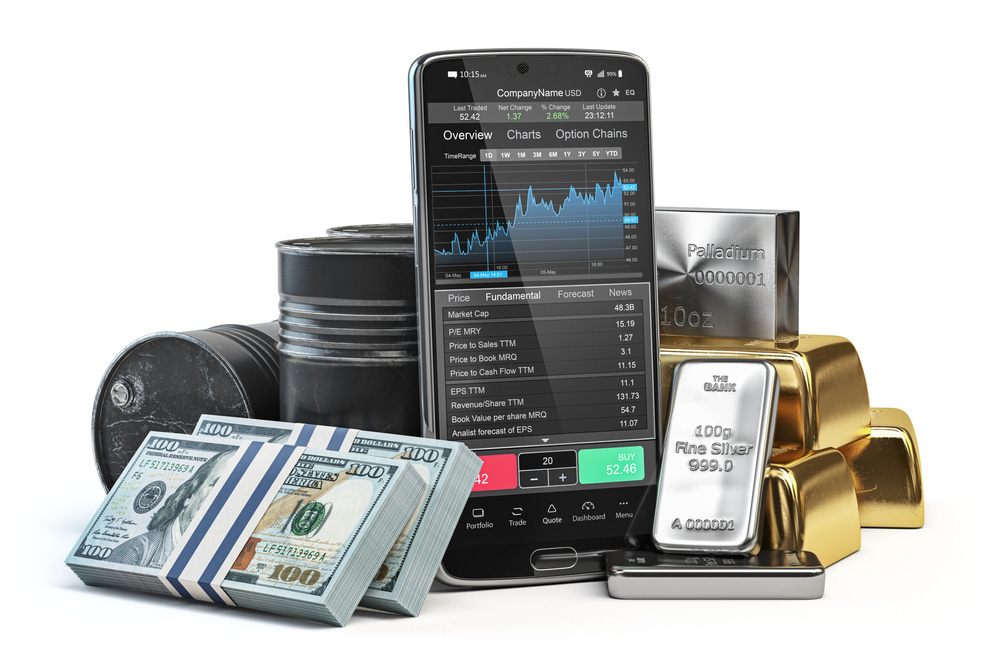Friday Haymaker - Chartbook Edition
A broad, insight-packed presentation of high-finance, economic, and industry/stock charts from the Haymaker and his top-notch external resources.
"Nobody could have predicted the Treasury market collapse of the last two years—apart from every critic of artificially low interest rates since John Locke. There is only one true law of history, and that is the law of unintended consequences." -Famed economist, Niall Ferguson, 10/9/23 (the even more famous John Locke died in 1704 and is widely considered to be the father of liberalism — in the classic, not progressive, sense)
Hello, Readers and Subscribers:
It’s been a little while since we put together chartbook for you, so here’s just that: a chartbook! We might continue with this format on a monthly or semi-monthly basis, but a lot of that decision will come down to what you, our supporters, think of the material. Let us know in the comments section if you want to see more posts like this one.
With great appreciation,
David “The Haymaker” Hay
1.
(GSCI is an initialism for “Goldman Sachs Commodities Index”)
On Wednesday, Haymaker Founding Members received a research note from Louis Gave entitled Got Commodities? In it, he made the case that a number of commodity prices are breaking out, in some cases to all-time highs. Naturally, this should ring a bell with Haymaker readers. Per the first chart shown above, courtesy of Louis, the overall commodity index appears to be valiantly attempting to break through multi-year resistance, though it has not yet done so… emphasis on, “yet”. There are multiple reasons why we might be in a new super-up-cycle for real assets. One is that most Western currencies are in various stages of debasement, including (especially?) the U.S. dollar (USD). Another is that emerging countries, frequently voracious consumers of natural resources to fuel their growth, are increasingly unconstrained by their often-deficient USD reserves. More and more, they are able to buy commodities in their own currencies with their proliferating trading bloc partners and then settle any net balances in the oldest and most reliable currency: gold. There may also have been a new international accord to weaken the USD. The last time this happened, in 1985, the answer to the question “Got Commodities?” should have been a resounding yes, as you can also see above.
2.
Speaking of gold, there’s little doubt that a major propelling force behind its impressive “range expansion” to a new all-time high this year has been China’s persistent bullion buying. Its central bank has bought gold for 18 straight months, per the Wall Street Journal.
This spree has increased its yellow metal reserves by 16%. Despite this aggressive accumulation, the Bank of China only holds about 4% of its reserves in gold versus the global average of around 15%. It continues to own just over $750 billion in U.S. Treasurys, but it has been selling those down at a rapid clip. In this year’s first quarters, that stash was reduced by nearly $50 billion. The odds are high that it will continue to redeploy its stash of USTs, which are vulnerable to appropriation by the U.S. government, and move the proceeds into gold. This should put a dependable bid under the price of gold.
3.
(Click chart to expand)
Despite the fact that gold has risen by 14% this year and the energy sector is up 9%, money continues to flow out of both the former and the latter (as measured by the GLD ETF and the iShares Energy Select ETF, XLE). Additionally, the energy sector has produced the S&P 500’s best earnings growth since the Covid crash, out-legging even tech. That is likely a factoid that astounds most investors. Similarly, the XLE’s total return has smashed the S&P’s price appreciation plus dividends since then, 361% to 153%. Perhaps counterintuitively, outflows are actually a bullish indicator. This is because investors who traffic in ETFs tend to excel at putting the most money to work near peaks and exiting close to troughs or, frequently, in the early stages of an upcycle.









